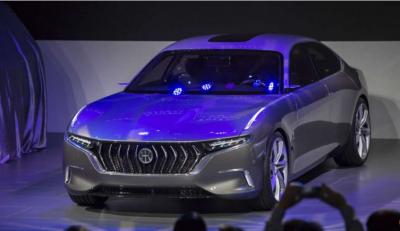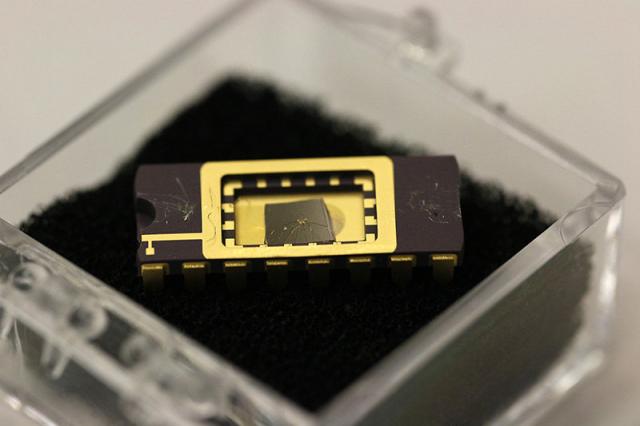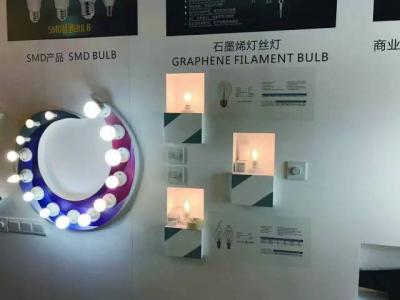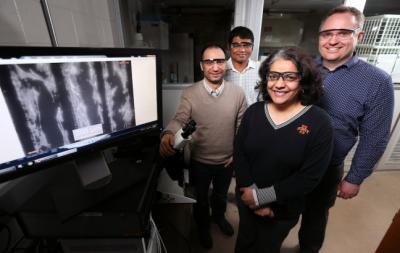HKG plans to manufacture cars with graphene-enhanced batteries
China's Hybrid Kinetic Group, a producer of lithium-ion batteries and hybrid vehicles, announced its aim to build car assemblies in three to five locations across China, with an initial production capacity of 300,000 units within three years, eventually expanding the capacity to 1 million units. While not many details were given, it was said that some of the models are to be powered by a 30 kilowatt battery using graphene with a 60 kw micro turbine power generator that theoretically can extend the battery’s range to 1,000 kilometers on each charge.
 The H600 prototype by HKG
The H600 prototype by HKG
HKG is using US technology, and has commissioned designs by the Mahindra Group’s design studio Pininfarina. The company stated that expansion of the production will depend on the market reactions. and that negotiations with car part makers are going on smoothly.


